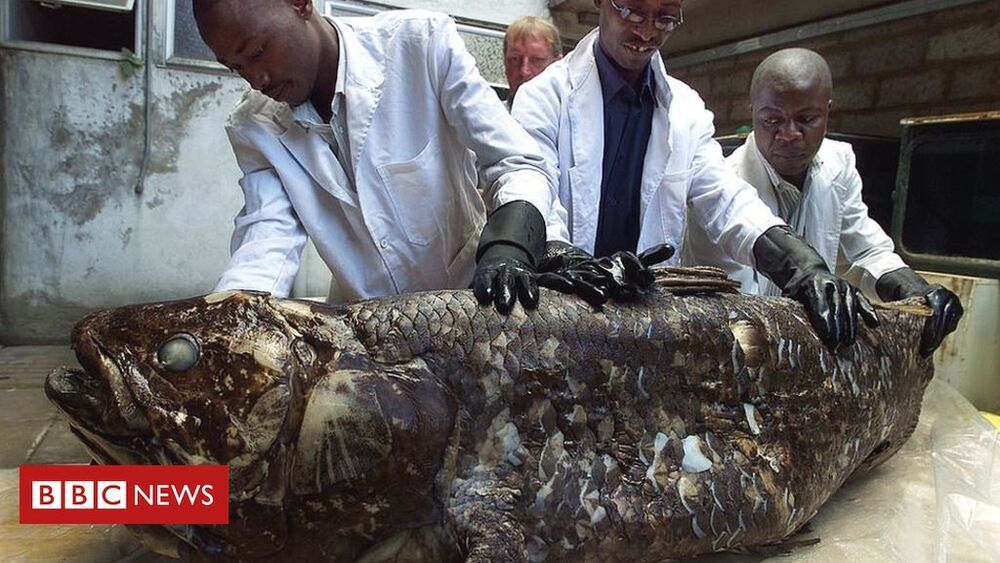A new study could help resolve the biggest mystery of the cosmos: panspermia.
A new study tests the feasibility of life being transferred from one planet to another by way of asteroids.


Infinite search parameters for Google search engine achieved.
Webmaster Level: Advanced.
Your site’s news feed or pinboard might use infinite scroll —much to your users’ delight! When it comes to delighting Googlebot, however, that can be another story. With infinite scroll, crawlers cannot always emulate manual user behavior—like scrolling or clicking a button to load more items—so they don’t always access all individual items in the feed or gallery. If crawlers can’t access your content, it’s unlikely to surface in search results.
To make sure that search engines can crawl individual items linked from an infinite scroll page, make sure that you or your content management system produces a paginated series (component pages) to go along with your infinite scroll.


We live in the Milky Way Galaxy, which is a collection of stars, gas, dust, and a supermassive black hole at it’s very center. Our Galaxy is a spiral galaxy, which are rotating structures that are flat (disk-like) like a DVD when looked upon edge-on. There is also a bulge in the middle that consists of mostly old stars. When you look at a spiral galaxy face-on, you can see beautiful spiral arms where stars are being born. Our solar system is in the Orion arm, and we are about 25000 light years (2.5 × 1017 miles) from the very center of the Galaxy.
Schematic of the milky way credit: oglethorpe university.
Hello everybody! In this episode, we interview Felix Werth, a trully hero of the rejuvenation field: in 2015 he created a party in Germany to defend more investments in our field, and his party is contesting the general elections in the country on September 26th 2021! However, he needs our help right now, since his party has until July 19th to collect enough signatures to participate in 14 German states covering 98% of the country’s population. So be sure to check the interview and the party’s website (https://parteifuergesundheitsforschung.de) to see how you can help.
In this episode of ImmortaliCast, Nicolas and Nina talk to Felix Werth, the founder and leader of the German Party for Health Research, a party with a single issue: 10% of the government budget should be spent on research for the development of treatments of age-related diseases. The party will contest the German general elections of September 26th 2021.
Party for Health Research website: https://parteifuergesundheitsforschung.de.
Fundraising page: https://parteifuergesundheitsforschung.de/superwahljahr-spendenaktion.
ImmortaliCast website: https://www.ntzplural.com/immortalicast.

We may have progressed beyond drinking mercury to try to prolong life. Instead, by a British government estimate, we have what may be called the ‘immortality industrial research complex’ – using genomics, artificial intelligence and other advanced sciences, and supported worldwide by governments, big business, academics and billionaires – that’s worth US$110 billion today and US$610 billion by 2025.
We are living longer than at any time in human history. And while the search is on for increased longevity if not immortality, new research suggests biological constraints will ultimately determine when you die.
An absurdly powerful laser can trap an air bubble in a layer of metal, so that it’ll float no matter what.

See More.
We’re proud, honored and very excited to guest some of the most active space advocats, who are working restless since many years, to kick off the expansion of civilization into the outer space.
They will share their understanding of the current time, so critical and so rich of great opportunities, their suggestions about what all of us can do to make the future happen NOW, going through the first essential steps of Space Settlement before 2030!


The Universe is a large place, and there are a lot of large things in it. Not just galaxies, but groupings of galaxies, and the cosmic web that connects them all together.
Scientists have just discovered what appears to be one of these groupings, and it could have serious implications for our understanding of the evolution of the Universe. It’s an almost-symmetrical arc of galaxies at a distance of 9.2 billion light-years away, and, at 3.3 billion light-years across, it’s one of the biggest structures ever identified.
Astronomers are calling it the Giant Arc, and, if confirmed, it joins a growing number of these giant structures. This number represents a dilly of a cosmological pickle.